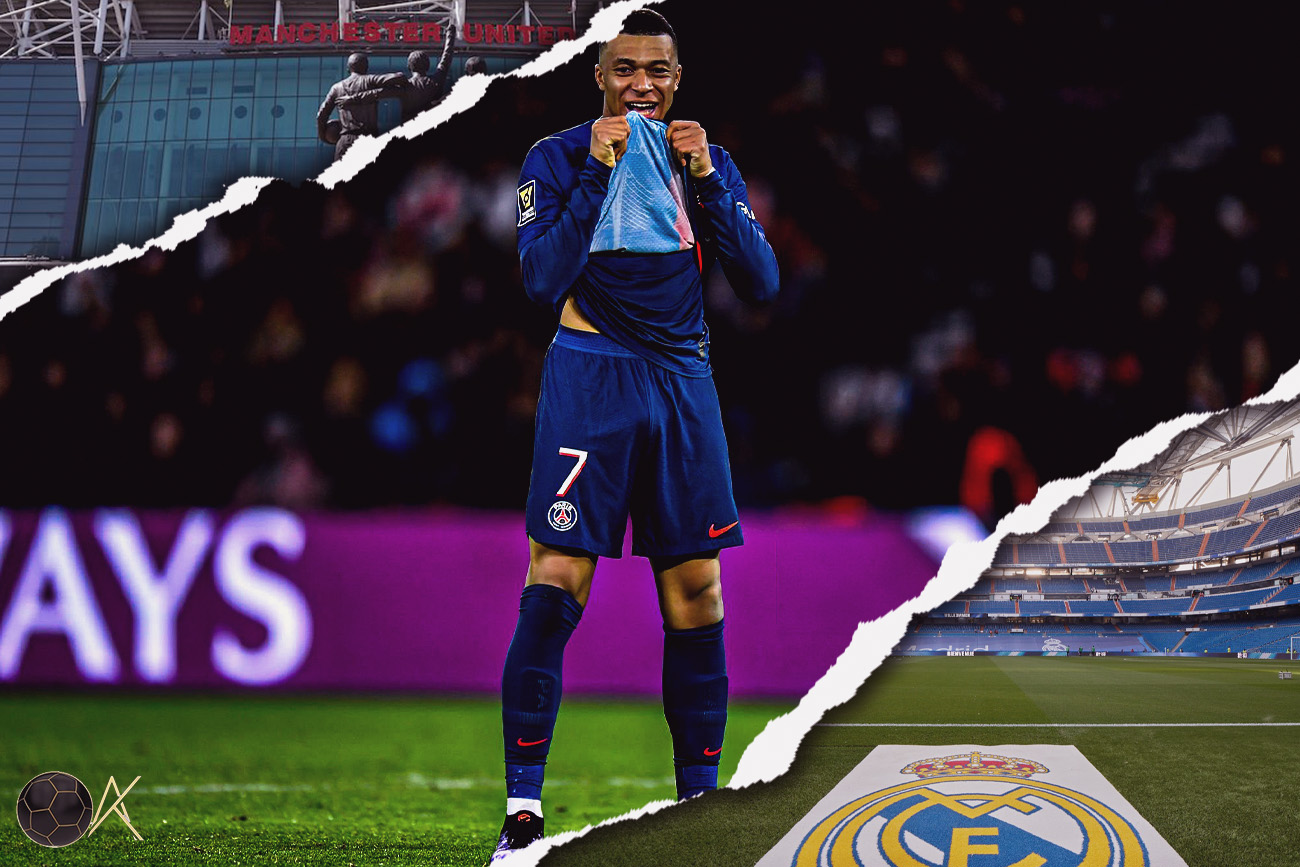
VAR - Should it be Removed or Kept?
Cover Image - https://fypfanzine.uk/analysis/7414-crystal-palace-vs-liverpool-var-debacle.html
The beautiful game. A tapestry is woven with passion, skill, and...controversy. In recent seasons, the tapestry has become increasingly entangled with the ever-present threads of Video Assistant Referees (VAR). A technological marvel promising fairer officiating, VAR has instead opened Pandora's box of contentious calls, human error, and existential questions about the very soul of football.
Take the recent Premier League clash between Tottenham Hotspur and Liverpool. Luis Diaz, offside? Miles onside, declared the outraged masses. Yet, VAR deemed otherwise, chalk on Diaz's shoulder a pixel too far forward, erasing a potential equalizer and igniting a firestorm of debate. Was it technology's cold, clinical precision or the fallible hand of the human operator behind the screen that stole Liverpool's goal?
To avoid human error in glaring decisions like offsides, UEFA took on the technology introduced in the Qatar World Cup, where AI simulation of the offside scenario was used. This helps eliminate the drawing of lines and the time taken for it so that decisions can be made quickly to keep the game flowing. Across the continent, in the Champions League, the saga continued. While the Champions League is praised for its use of technology, it is also not without controversy.
Newcastle United, their hearts set on European glory, saw their dreams dashed in the dying embers of a clash against PSG. A deflected handball, innocuous to most, was declared a penalty by VAR. The Toon Army, robbed of a famous victory and Champions League qualification, were left fuming. Questions echoed through the stands: how can lines on a screen, drawn by subjective human interpretation, dictate the fate of teams and dreams?
These are not isolated incidents. From phantom offsides to dubious penalties, VAR's reign has been far from smooth. The technology, while undeniably powerful, remains a tool wielded by fallible humans. The lines dividing onside from offside, handball from non-handball, are often agonizingly thin, leaving space for interpretation and, inevitably, controversy.
But is VAR all bad? Far from it. Undeniably, it has rectified some glaring injustices. Blatant dives, missed handballs, and even the occasional offsides. And who can forget the joyous scenes when VAR confirmed the legitimacy of a last-minute winner, sending fans into pandemonium?
So, where do we go from here? VAR, like any innovation, needs refinement. Clearer protocols, improved training for operators, and perhaps even a touch of human accountability could be the answer. We must remember that technology is a tool, not a tyrant. Its purpose is to aid, not replace, the human element of the game—the passion, the drama, and the roar of the crowd as the referee's whistle blows.
Ultimately, the VAR-dictus saga is a reminder that football, at its core, is a human drama. A tapestry is woven with the threads of triumph and heartbreak, where technology dances a delicate tango with the beautiful chaos of human error. The challenge lies in finding the right balance, ensuring that VAR becomes not a source of controversy but a force for fair play, allowing the beautiful game to flourish in all its messy, passionate glory.






